Unfortunately, no universal anticoagulant that could be used for evaluation of several laboratory parameters in a sample from a single test tube is available so far Ethylenediamine tetraacetic acid (EDTA) is a polyprotic acid containing four carboxylic acid groups and two amine groups with lonepair electrons that chelate calcium and several other metal ionsYour central laboratory for your analysis of routine clozapine weekly/ fortnightly/ 4weekly blood test monitoring (Full blood counts) is Magna Laboratories Please use the enclosed full blood count form (blue) The enclosed information provides examples of the supplies involved and sampling instructions It looks at your red blood cells (RBC), your white blood cells (WBC), your number of platelets, the concentration of haemoglobin, and the haematocrit (HTC) HbA1c – Haemoglobin A1c HbA1c is the name of a blood test that monitors blood glucose levels Specifically, it refers to the amount of glycated haemoglobin (or hemoglobin) – or the

Plastic 2 9ml Edta Vacuum Blood Test Tube Manufacturers Suppliers Free Sample Noke Lab
Edta blood test full form
Edta blood test full form-EDTA is an abbreviation for ethylenediamine tetraacetic acid EDTA is an anticoagulant in purple top to prevent clot & specialized for CBC (complete blood count) & HBAIC (test to monitor glucose with an interval of 3 months)HMDB Patient Preparation High concentrations of gadolinium and iodine are known to interfere with most metal tests If either gadolinium or iodinecontaining contrast media has been administered, a specimen should not be collected for 96 hours Supplies Metal Free BD Tube (EDTA), 6 mL (T1) Container/Tube Royal blue top (EDTA) plastic trace element blood




Pdf Edta In Dried Blood Spots Leads To False Results In Neonatal Endocrinologic Screening
EDTA for crossmatch NAF Oxalate Trace Element EDTA (onice),Whitecellenzymes(full), Glycogenstorageenzyme(full),GIPT FBC,AdultESR,Sickle,Malaria,Retics,HBA1C,G6PD,DCT, Cyclosporin,GF,Bloodfilm,RedCellFolate,LymphocyteSubsets, Safety Blood Collection Sets with Luer Adapter and Holder 21G needle KFK 137 23G needle KFK 138Ethylenediaminetetraacetic acid (EDTA) is used as a complexing agent to determine CaCO3 in its pure form 1,2,216 or in different dosage forms including tablets 262, chewable tablets 263, and oral suspension 265 Full detailed procedures are mentioned in Tables 12–15Blood Laboratory Erythrocyte sedimentation rate (ESR) The ESR is a simple nonspecific screening test that indirectly measures the presence of inflammation in the body It reflects the tendency of red blood cells to settle more rapidly in the face of some disease states, usually because of increases in plasma fibrinogen, immunoglobulins, and
Requires full draw invert 8 times to prevent clotting and platelet clumping Light Blue Top ADDITIVE Sodium citrate MODE OF ACTION Forms calcium salts to remove calcium USES Coagulation tests (protime and prothrombin timeAn EDTA test is used to assess the function of your kidneys through a series of blood tests EDTA refers to the name of the substance that you will receive by injection EDTA contains a small amount of radioactive material This allows it to act as a tracer which will show the kidney function If you require other blood tests on this day, we may also do these at the same time Best answer Copy Purple Tops are used for full blood counts (CBC test) EDTA is the abbreviation for ethylenediaminetetraacetic acid (you can see why it's
What is the full form of EDTA ?/SRP Former use/ EDTA leadmobilization test has proved to be a sensitive indicator of excessive body stores of lead This test was used to evaluate cumulative past lead absorption in 48 men diagnosed as having essential hypertension, a disease considered aBlood to anticoagulant ratio should be in the right proportion Rarely, capillary blood may be obtained by fingerprick Care should be taken to ensure minimal tissue damage Excess tissue fluid affects the distribution of the cellular elements of blood Ethylene diamine tetraacetic Acid (EDTA) is the anticoagulant of choice
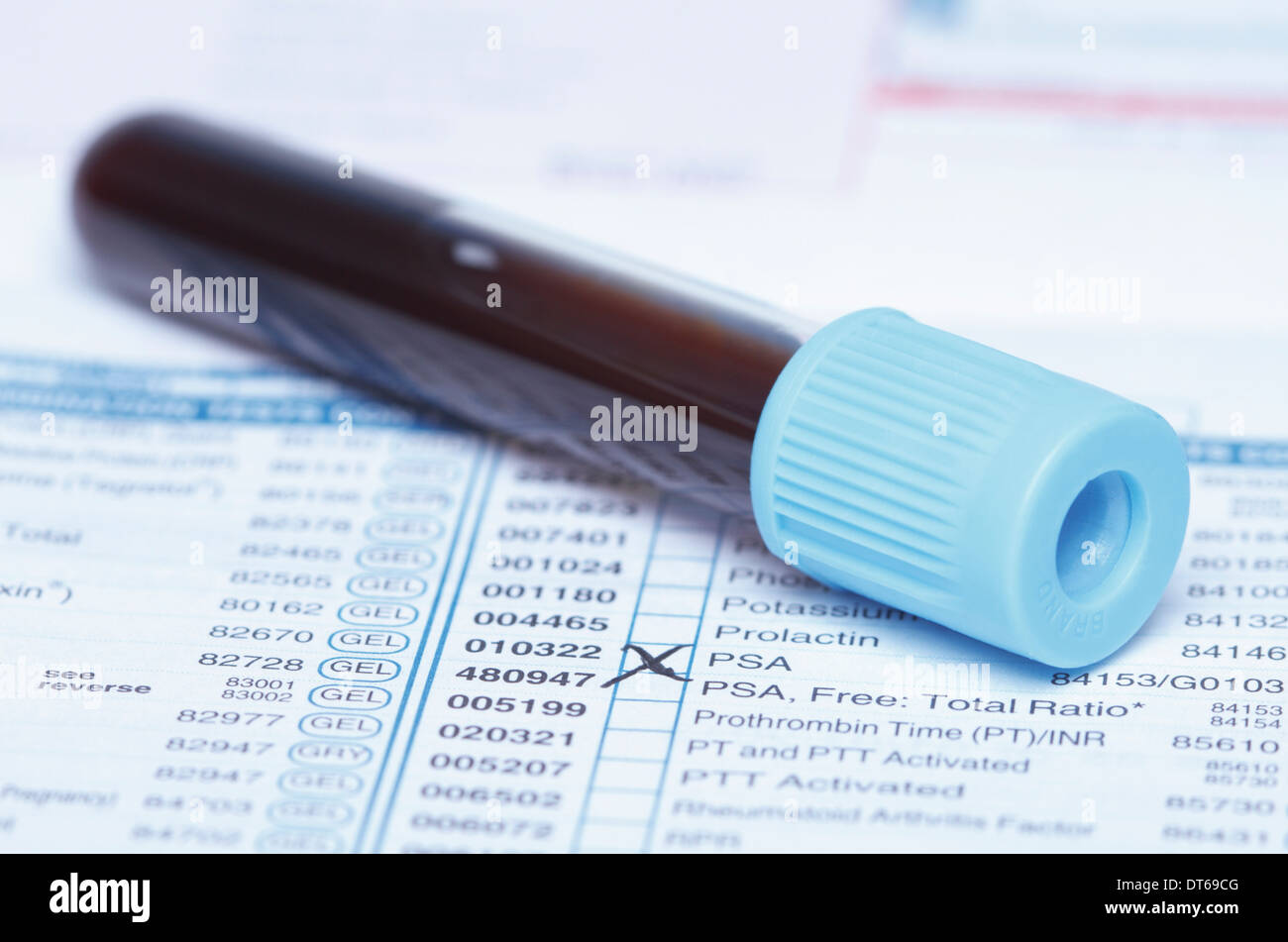



Edta Tube High Resolution Stock Photography And Images Alamy
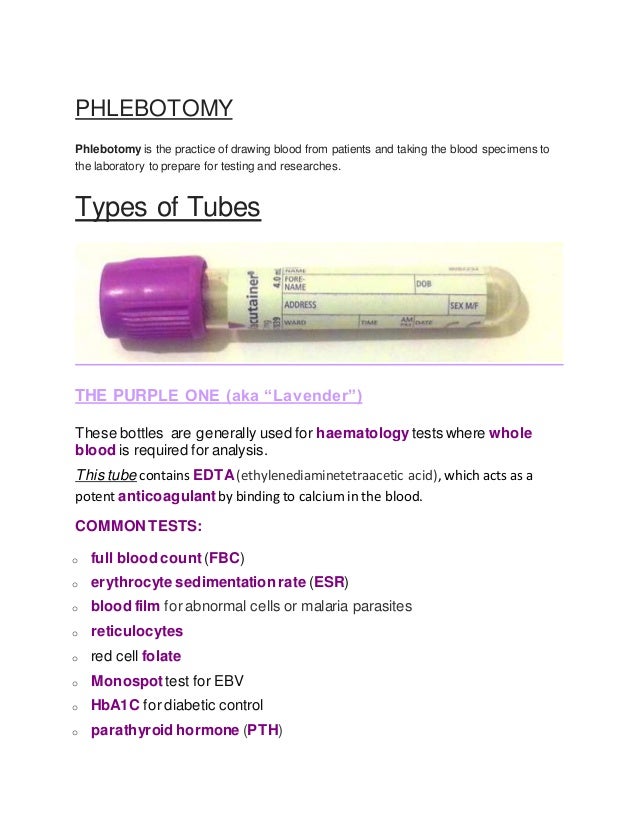



Blood Collection Tube With Color Heads
Purple blood bottles contain EDTA (ethylenediaminetetraacetic acid), which acts as a potent anticoagulant by binding to calcium in the blood EDTA also binds metal ions in the blood and is used in chelation therapy to treat iron, lead or mercury poisoningTubes received less than 3/4 full;Find out what is the full meaning of EDTA on Abbreviationscom!
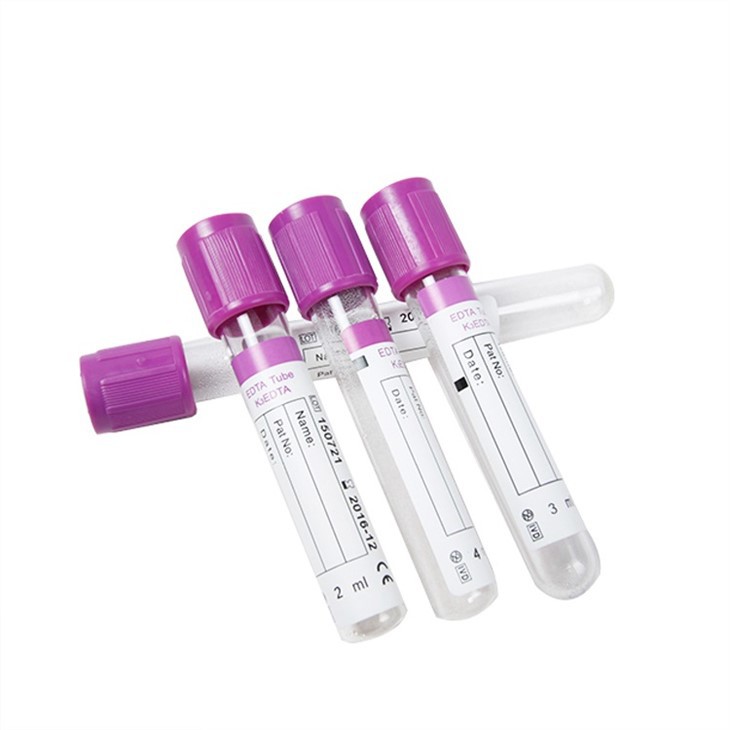



China Lab Edta K3 Disposable Glass Vacuum Blood Collection Tube Manufacturers Suppliers Factory Direct Wholesale Rollmed




The Effect Of High Anticoagulant K3 Edta Concentration On Complete Blood Count And White Blood Cell Differential Counts In Healthy Beagle Dogs Semantic Scholar
EDTA can cause abdominal cramps, nausea, vomiting, diarrhea, headache, low blood pressure, skin problems, and fever It is UNSAFE to use more than 3 grams of EDTA per day, or to take it longer than 5 to 7 days Too much can cause kidney damage, dangerously lowSPSC SSC Scholarship Exams School Entrance Exams Science Entrance Exams Teacher Eligibility Tests UGC Entrance Exams UPSC University Entrance Exam30 mL lavender top;
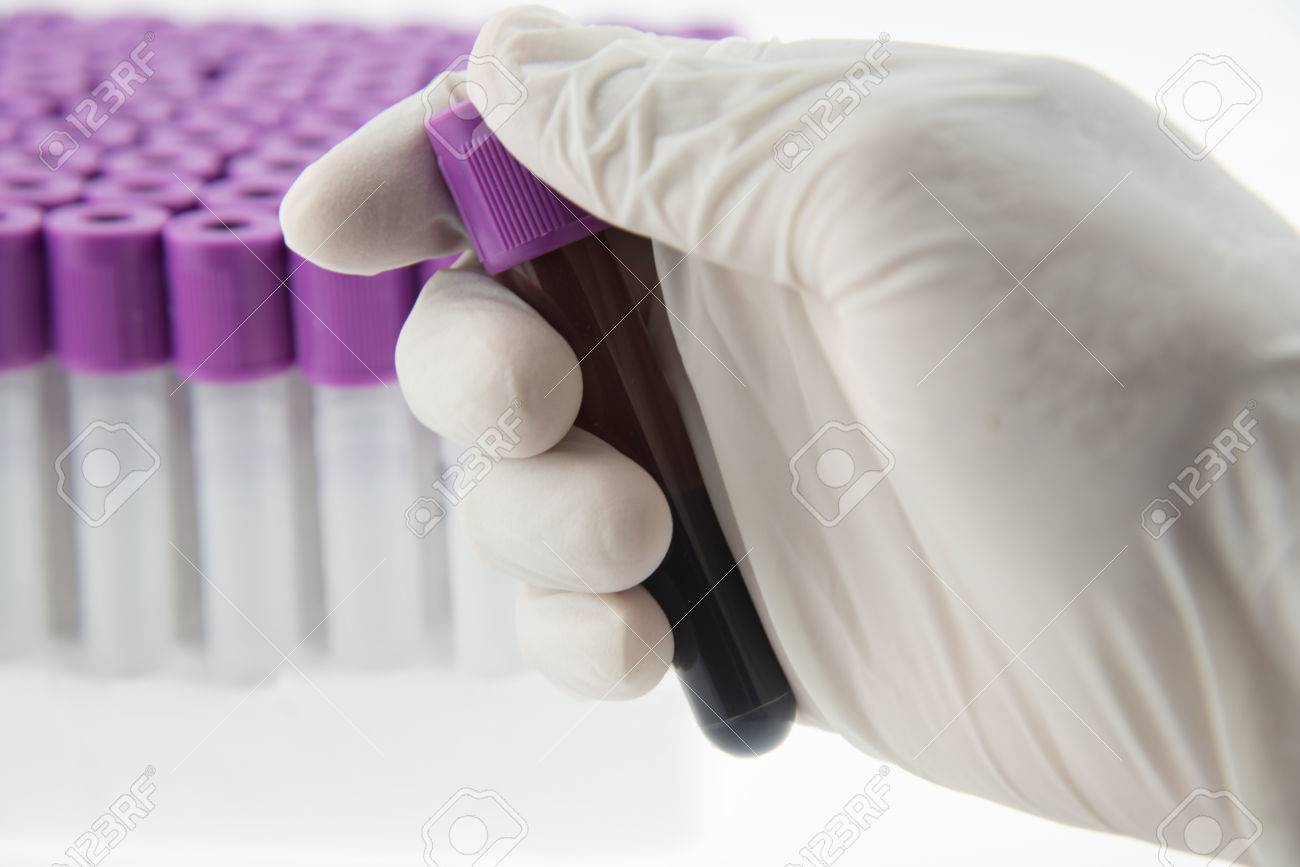



Edta Blood Tube For Cbc Test In Laboratory Stock Photo Picture And Royalty Free Image Image
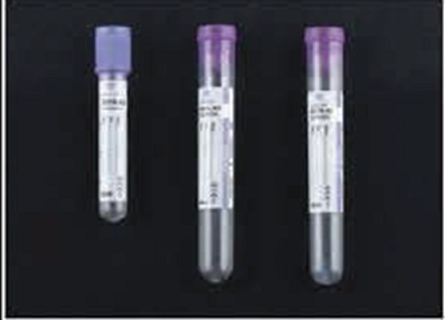



Tube Vacuum Edta 2 Ml Box 100
Note Full patient identification required for crossmatch/group & hold, antibody screen and blood group Doctor/Collector must initial tube to verify patient details Transfusion form required with any crossmatch/group & hold request General serology PTH (additional Plain or SST/Gel tube required as well) EDTA with gel 50 mL ()'EthyleneDiamineTetraAcetic acid' is one option get in to view more @ The Web's largest and most authoritative acronyms and abbreviations resourceAbbreviation EDTA EDTA Ethylene Diamine Tetraacetic Acid;




Hematology Case Study The Story Of The Platelet Clump Edta Induced Thrombocytopenia Lablogatory
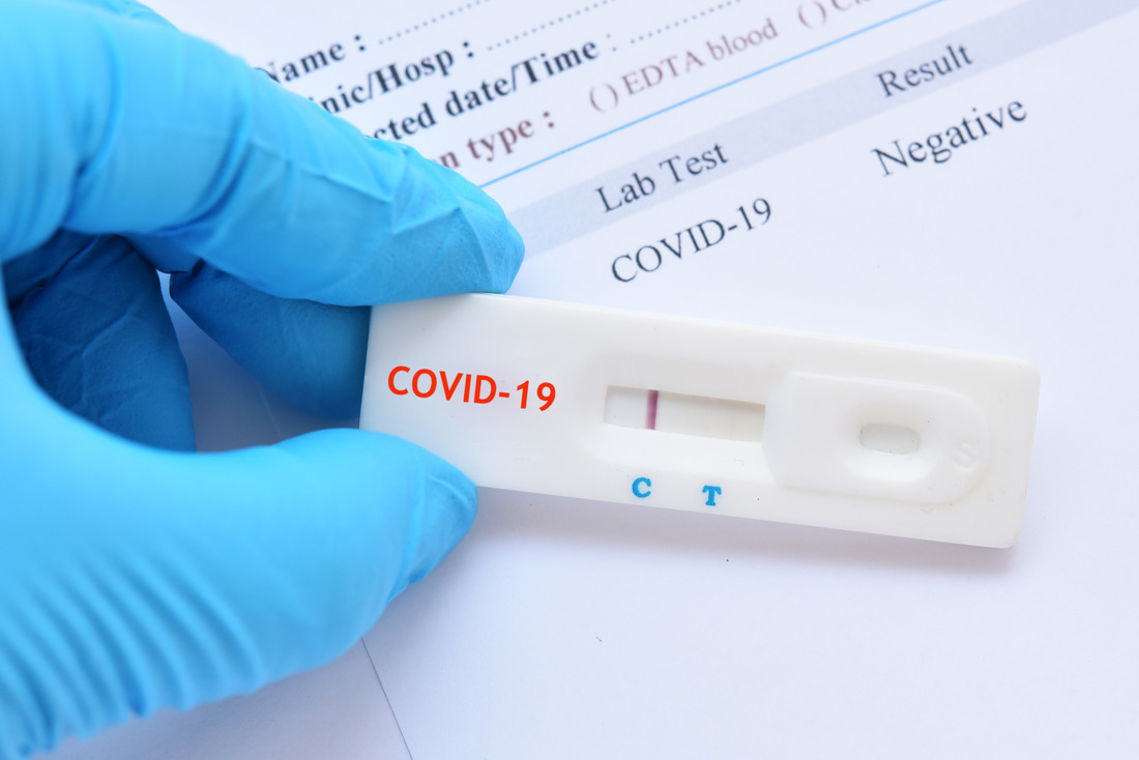



German Covag Study Proves Significant Inaccuracy Of Rapid Antigen Tests In Detecting Sars Cov 2 Variants And When Applied To Medium To Low Viral Loads Our Medical Excellence For You Your Access To
EDTA is an additive in tubes that are used to collect blood These tubes are generally lavender, purple, pink, gray, or navy blue This keeps blood from clotting so that analysis can be done on whole blood Tests that are run on these samples included the CBC (complete blood count), the ESR (erythrocyte sedimentation rate), and hemoglobin A1CWhole blood received after stability (32 hours after collection) Whole blood received cold or frozen;K2EDTA is recommended by the CLSI (CLSI guideline Evacuated Tubes and Additives for Blood Specimen CollectionFifth Edition H1A5, 03) and the ICSH (International Council for Standardization in Hematology) Vacutainer glass blood collection tubes contain K3EDTA, the




Pdf 51cr Edta Absorption Blood Test An Easy Method For Assessing Small Intestinal Permeability In Dogs




Edta K2 Improves The Detection Sensitivity Of Sars Cov 2 Igm And Igg A Ijn
A modification of the benzidine concluded that the use of the presumptive HemastixÒ with EDTA method for measurement of hemoglobin in plasma and urine Blood 11, 380e test for blood on archaeological residues is simple, fast, cost 3 Culliford, BJ, 1971Please contact Client Services at if it is your first time sending Viracor a live cell testAn erythrocyte sedimentation rate (ESR) is a type of blood test that measures how quickly erythrocytes (red blood cells) settle at the bottom of a test tube that contains a blood sample Normally, red blood cells settle relatively slowly A fasterthannormal rate may indicate inflammation in the body
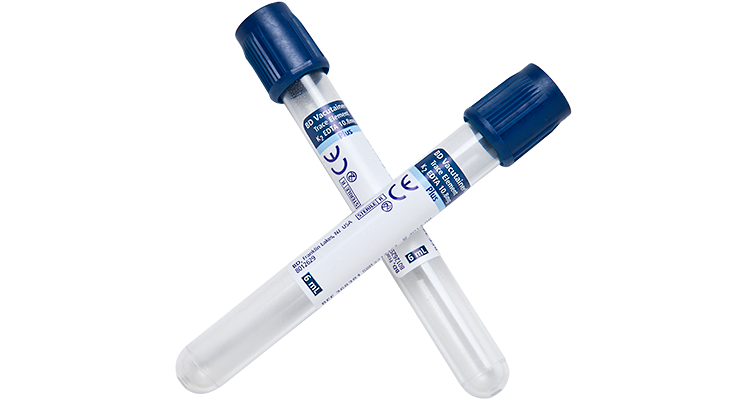



Vacutainer Blood Collection Tubes
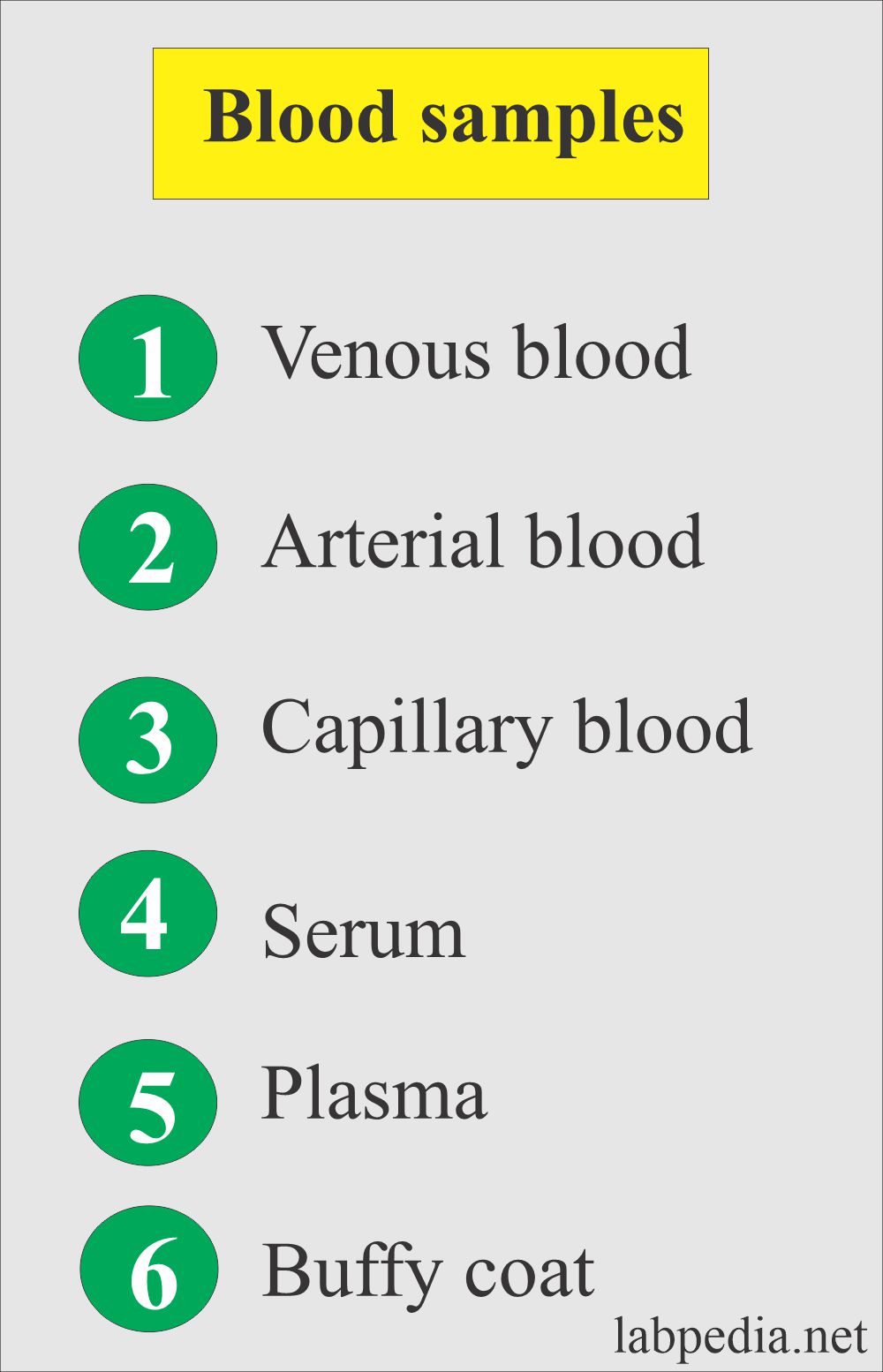



Types Of Blood Samples Criteria For Rejection Of The Blood Sample Color Coding Of The Blood Sample Tubes Labpedia Net
Rarely do scientists test blood for the presence of EDTA Usually, it's only used to collect blood In the Avery trial , a test is designed to look for EDTA which is based on aBecton Dickinson) was 08 × 38 mm Sample tubes were centrifuged at 1560 g for 10 min at 12 °C to separate the plasmaThis test requires both whole blood and unstained whole blood smears Draw a full, lavendertop (EDTA) tube (s) (Clotted blood is not acceptable) Send 3 mL (minimum volume 05 mL) of EDTA whole blood in original collection tube and two unstained whole blood smears (minimum volume 1 smear) at ambient temperature Avoid hemolysis




Pdf Edta In Dried Blood Spots Leads To False Results In Neonatal Endocrinologic Screening
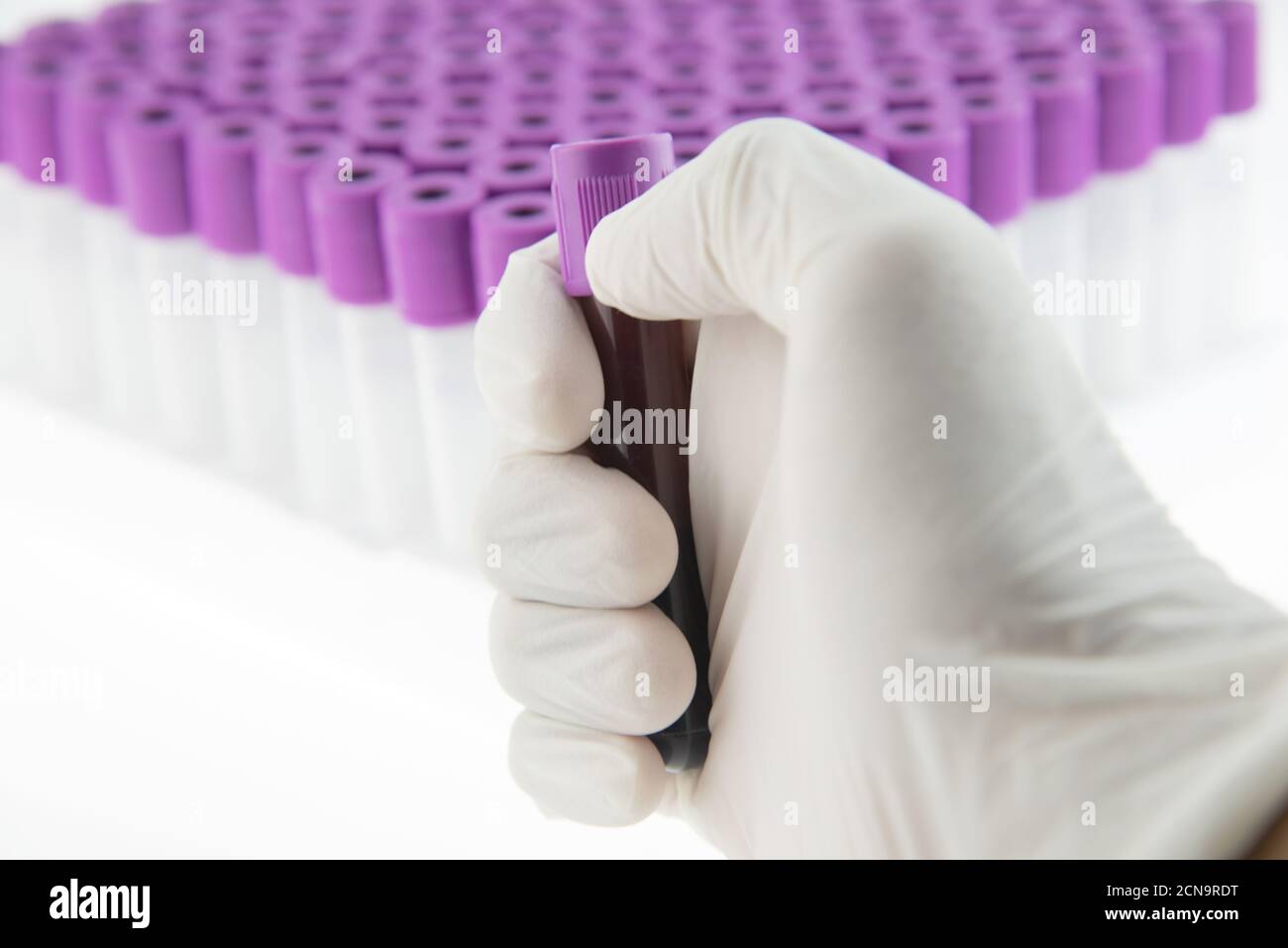



Vacutainer Blood Collection Tubes Edta Blood Tube For Cbc Test In Laboratory Stock Photo Alamy
Specimens received in lithium heparin, ACD tubes or EDTA anticoagulants;The FBE test looks for abnormalities in the blood, such as unusually high or low numbers of blood cells Blood cells include red blood cells, white blood cells and platelets Many conditions can cause an abnormal blood count NutriPATH offer a Full Blood Examination (FBE) with an Erythrocyte Sedimentation Rate (ESR)EDTA Blood (4 mL) Only useful if sweat test is positive or persistently equivocal If there is a family member with a CF or known carrier status, please provide name, relationship and mutation Biochemistry Referred Test Barts and the Royal London NHS Trust 21 to 28




How Do I Stop Clots From Forming In Edta Blood Tubes Rcni




Westmeath Examiner Long Covid We Would Like To Chat To People Who Sadly Are Suffering From Long Term Side Effects From Contracting Covid 19 Facebook
Complete Blood Count using HMX NHANES 0708 COMPLETE BLOOD COUNT (CBC) Perform a complete blood count (CBC) in duplicate on all survey participants age 1 and older Perform the CBC on the Coulter® HMX Run a CBC on the participant's EDTA blood tubes I Purpose and Principle of Test CBC Analysis Blood collection device history Reusable glass syringes with steel hypodermic needles and a hard rubber hub were the first devices used to collect blood ()Early modifications included a refined needle, replacement of the rubber hub with glass, and the LuerLok syringe, which modified the needle tip for a more secure attachment to the syringe and ensuring a moreEDTA is an additive in tubes that are used to collect blood These tubes are generally lavender, purple, pink, gray, or navy blue This keeps blood from clotting so that analysis can be done on whole blood Tests that are run on these samples included the CBC (complete blood count), the ESR (erythrocyte sedimentation rate), and hemoglobin A1C
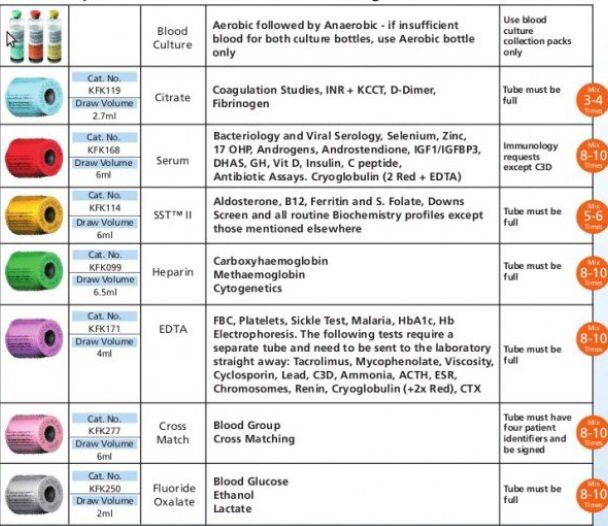



Phlebotomy Order Of Draw Explained E Phlebotomy Training



Vacuum Blood Collection Tube Qingdao Hiprove Medical Technologies Co Ltd
Nadina Wiórkiewicz/Wikipedia (CC BYSA 30) Lab tests showed a very small amount of EDTA in some Simpsoncase blood evidence But some experts believe the chemical came from a test sample, not If plasma is required for a test, EDTA blood may be used (althought EDTA may not be appropriate for some plasmabased tests) Plasma is the liquid part of the blood without cells that has not clotted Tacrolimus whole blood concentrations can be measured by either immunoassay or chromatographic methodologies These two methodologies are not directly interchangeable, and the measured tacrolimus whole blood concentration depends on the methodology used Reference ranges may vary according to the specific immunoassay or HPLCMS/MS test




Edta Uses Reagent Prepration And More Lab Tests Guide



Laboratory Test Edta Tube Edta Blood Test Tube Long Shelf Time
EDTA whole blood = Lavender (purple) top tube Label this tube with owner name, animal ID, and as EDTA whole blood This tube (plus 2 blood smears) should be submitted for a hemogram without separation or freezing but should be kept cool Also this sample is required if a blood sample is being used for detection of BVDVThe choice of K2 or K3EDTA as the preferred anticoagulant for blood count remains controversial We compared the effect of different concentrations of both anticoagulants on normal blood In optimal conditions (appropriate anticoagulant concentration and measurements done between 1 and 4 h after p Therefore, in theory, oral EDTA may provide some benefits if it can be supplied in a form that is absorbable by the body Additional Information As mentioned at the beginning of this article, there are a variety EDTA forms available (eg Calcium Disodium Edathamil, Calcium Disodium EDTA, Calcium Disodium Edetate)



What Is The Difference Between K2 Edta And K3 Edta Pediaa Com
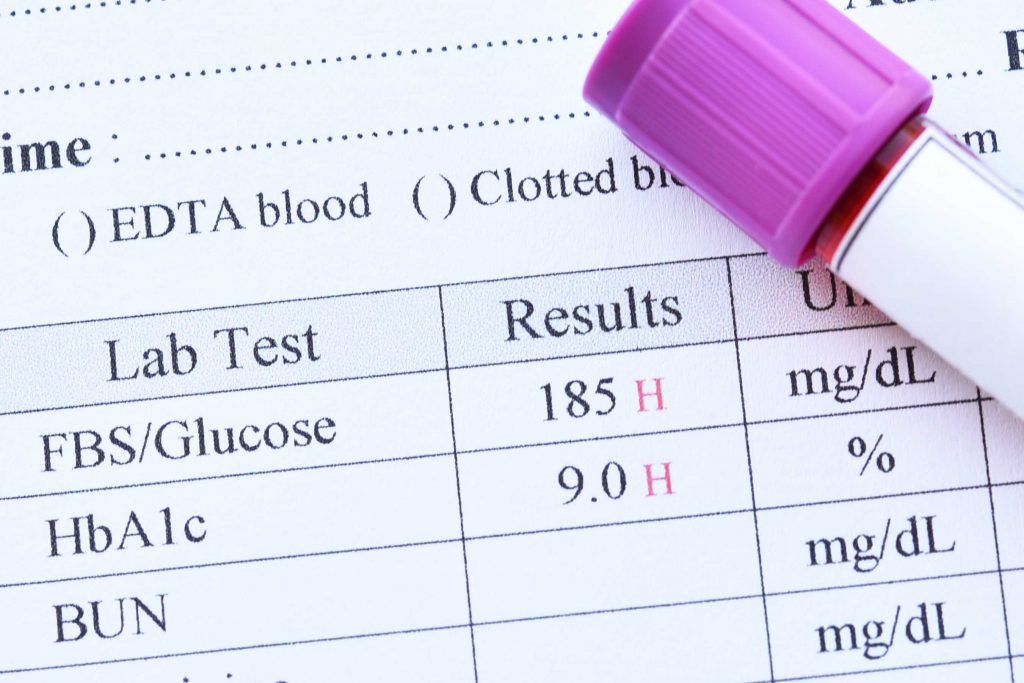



Hba1c Units Converter Dcct To Ifcc
Looking for the definition of EDTA?REVE1 A total of 3 specimens are required to perform this profile The following specimens are required for testing Whole blood EDTA Whole blood sodium heparin for P50* Normal shipping control Whole blood sodium heparin for P50* *Please note If no sodium heparin patient or control specimens are received, the P50 test cannot be performedA Use clean slides with a frosted end Place a drop of blood on this slide as follows (we recommend the use of a microhematocrit or capillary tube rather than the pipette shown in the image) Fill a capillary tube at least 3/4 full with wellmixed blood;
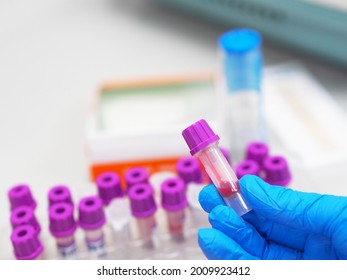



Edta Tube High Res Stock Images Shutterstock




Blood Test Picks Out Cancers Likely To Benefit From Targeted Drugs Technology Networks
ADDITIVE EDTA MODE OF ACTION Forms calcium salts to remove calcium USES Hematology (CBC) and Blood Bank (Crossmatch);EDTA EthyleneDiamineTetraAcetic acid; Measure 25 ml of water, add to the chemical, and mix to dissolve Label the bottle For use, pipette 004 ml of the reagent into small bottles marked to hold 25 ml of blood Place the small bottles without tops, on a warm bench for the anticoagulant to dryProtect from dust and flies
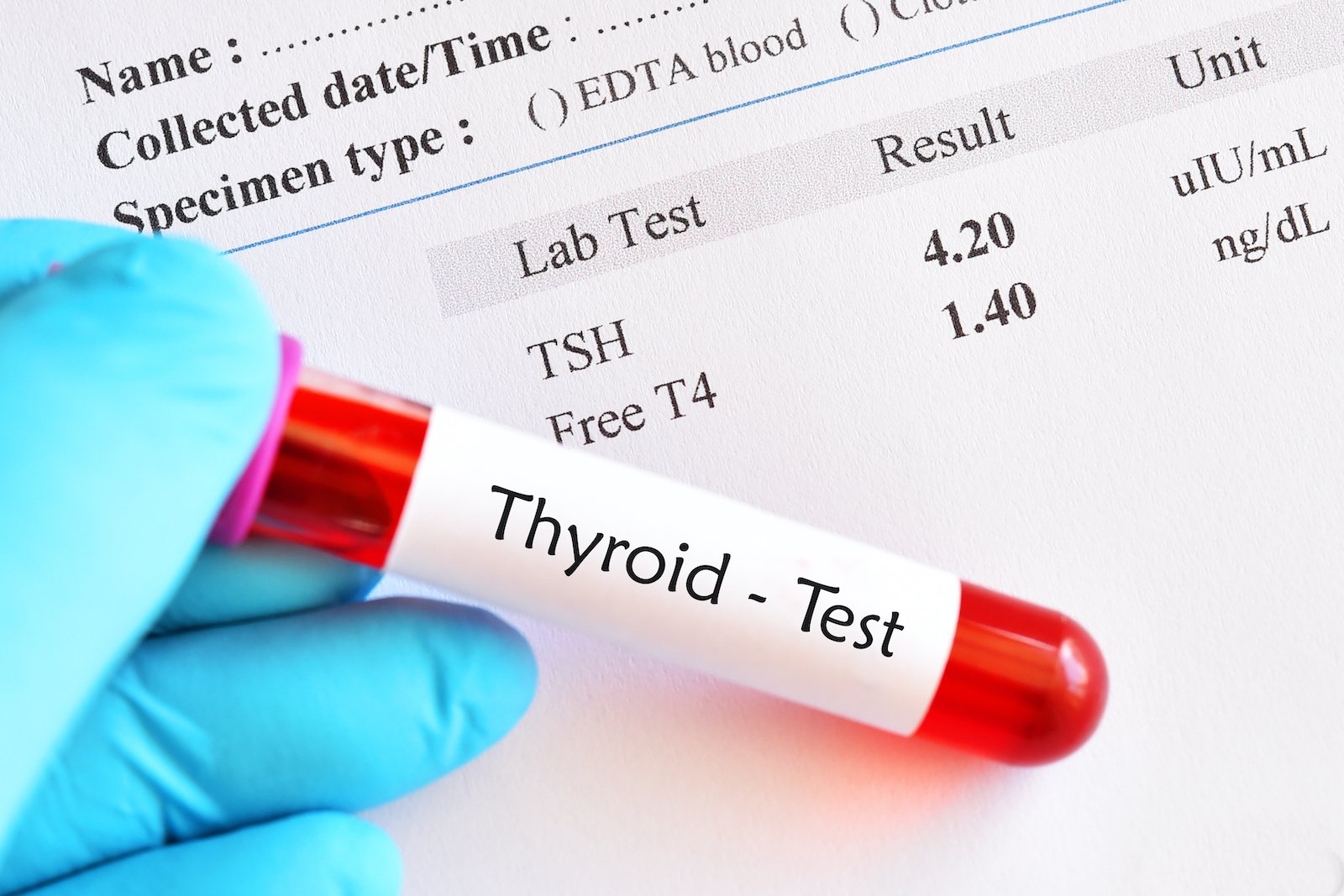



What Are Optimal Thyroid Levels Dr Michael Ruscio dnm Dc




China Medical Disposable Blood Collection Edta Tube China Blood Collection Tube Vacuum Blood Collection Tube
Then hold your finger over one end to(or fingerstickpurple top microtainer ®) Testing Schedule 24 hrs/day, 7 days a week, including holidays Turn Around Time Routine turnaround time is approximately 1 hourEdetic Acid is the acid form of edetate, a chelating agent with antihypercalcemic and anticoagulant properties Edetic acid binds calcium and heavy metal ions, forming soluble stable complexes which are readily excreted by the kidneys This results in a decrease in serum calcium levels This agent is also used as an anticoagulant for blood specimens and is applied as a treatment of lead
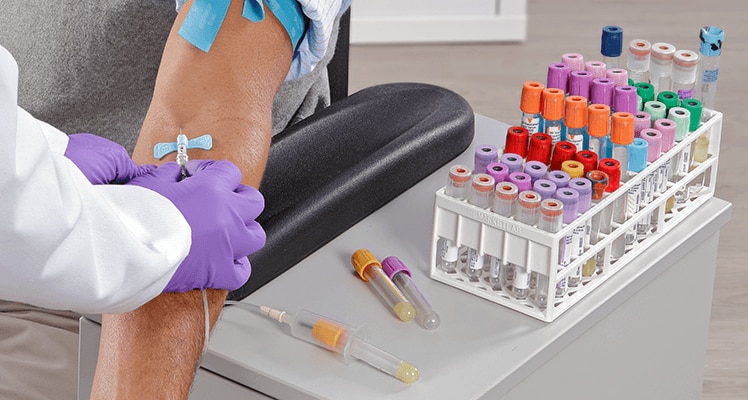



Vacutainer Blood Collection Tubes




Billy Kelleher Mep Due To Pcr Test Result Delays There May Be Benefit In Looking For A System That Delivers Quicker Results Especially In Emergency Or In Point Of Care Scenarios Why
A list of immunology tests performed at Chichester is available to download from the main haematology webpage HLA B27 Specimen required 4mL EDTA (lavender) Positive in some cases of ankylosing spondylitis (90%) Samples must arrive in the laboratory before midday K2 EDTA ( dipotassium ethylenediaminetetraacetic acid) is a strong anticoagulant used to store blood for complete blood counts (CBC) in blood collection tubes Generally, whole blood is stored in these tubes However, K2 EDTA contains two Blood Collection Medium Lavender top tube 3 mL (EDTA) Minimum Full draw;
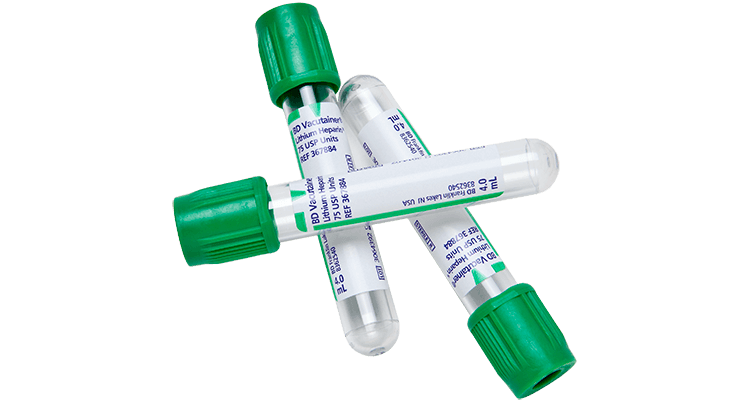



Vacutainer Blood Collection Tubes
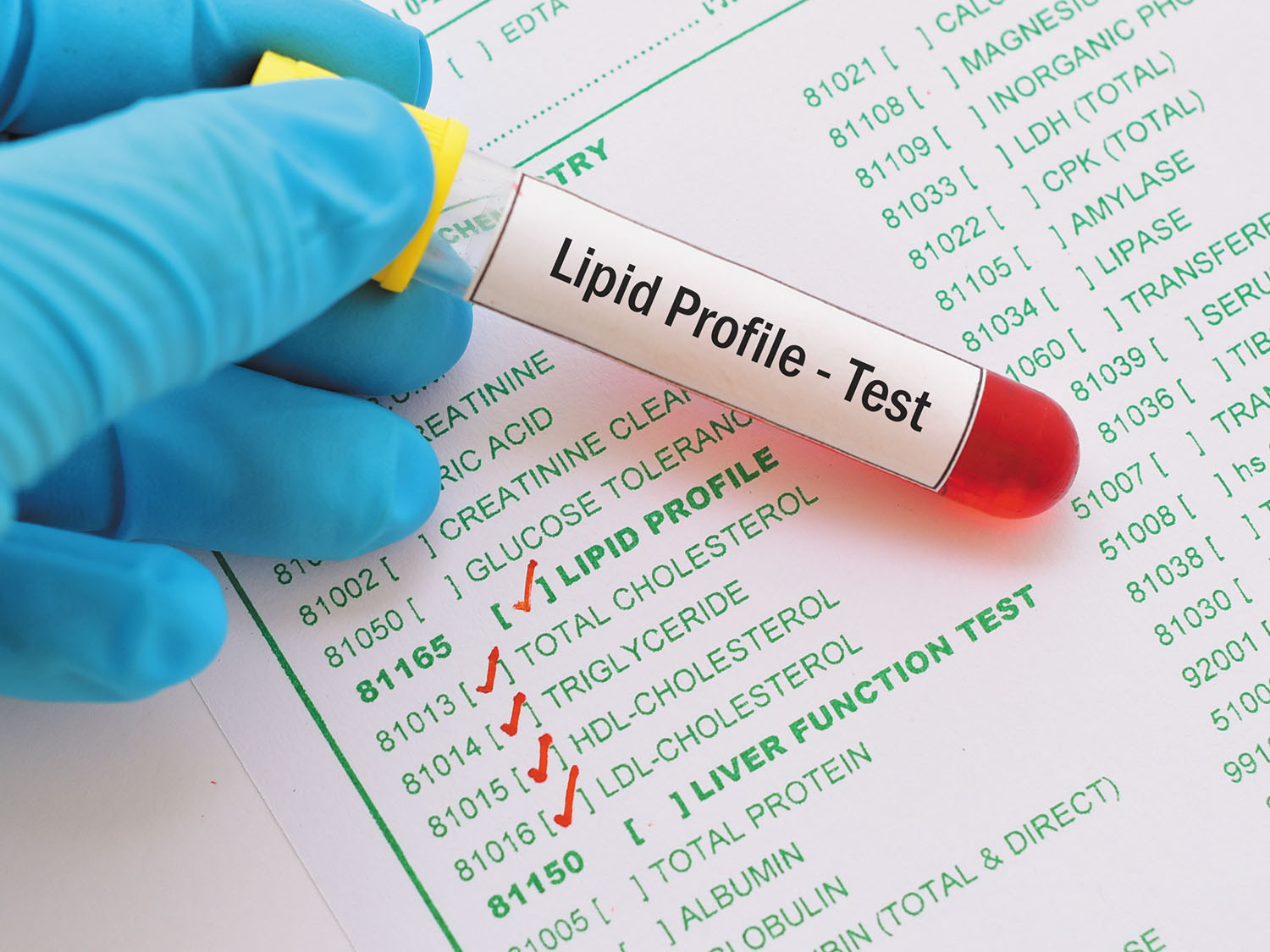



A Possible Culprit In Early Heart Attacks Harvard Health
Whole Blood for CBC with Differential and Platelet Count Specimen must arrive within 24 hours of draw Draw blood in a lavendertop (EDTA) tube(s), and send 3 mL of EDTA whole blood refrigerated For pediatric specimens, draw a full, lavendertop (EDTA) MICROTAINER(S)® (Clotted specimen is not acceptable) The blood volume was 30 mL, thus providing an EDTA concentration of 15 mg/mL of blood The EDTA solution was 234% and blood was 9766% of the final total volume The sample needle (Precision Glide, cat no ;Ethylenediaminetetraacetic acid is an aminopolycarboxylic acid with the formula CH2N(CH2CO2H)22 This white, watersoluble solid is widely used to bind to iron and calcium ions It binds these ions as a hexadentate chelating agent EDTA is produced as several salts, notably disodium EDTA, sodium calcium edetate, and tetrasodium EDTA




U And E Blood Test Urea And Electrolytes Richard Troy




Edta Blood Tube With Back Cover Vacuum Blood Collection System China Medical Instruments Manufacturers Suppliers Chinagongdong Com
A colorless compound used to keep blood samples from clotting before tests are run Its chemical name is ethylenediaminetetraacetic acid In this article, we explore why clots might form in EDTA 'lavender top' blood tubes after venepuncture and how, with an understanding of mechanisms involved, these clots can in most cases be avoided For healthcare professionals working on the frontline, collecting a blood sample to send off to the laboratory for tests is common practice
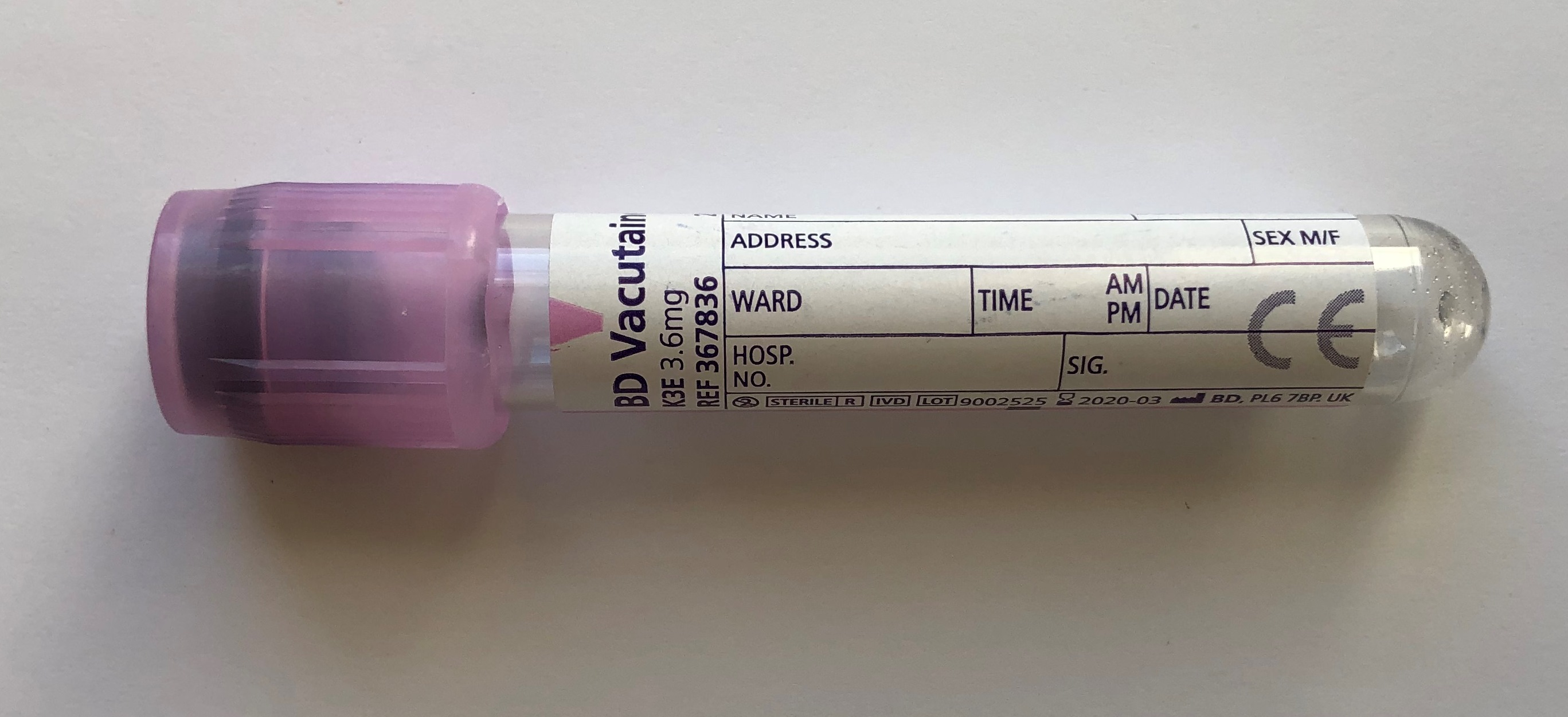



Haemoglobinopathy Screen Exeter Clinical Laboratory International




Sample Preparation And Transport R E D Laboratories



What Is The Full Form Of Edta Quora
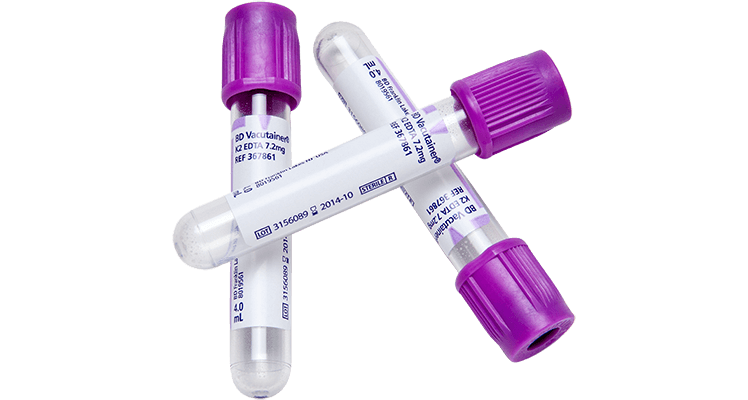



Vacutainer Blood Collection Tubes




169 Edta Photos Free Royalty Free Stock Photos From Dreamstime




Cylindrical Collection Tube 25 Series F L Medical K2 Edta
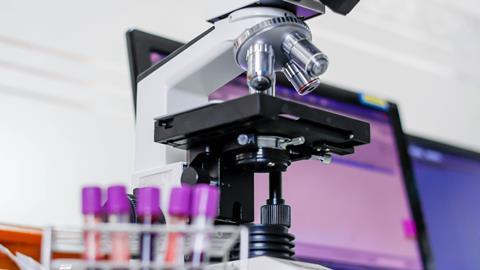



Edta Podcast Chemistry World
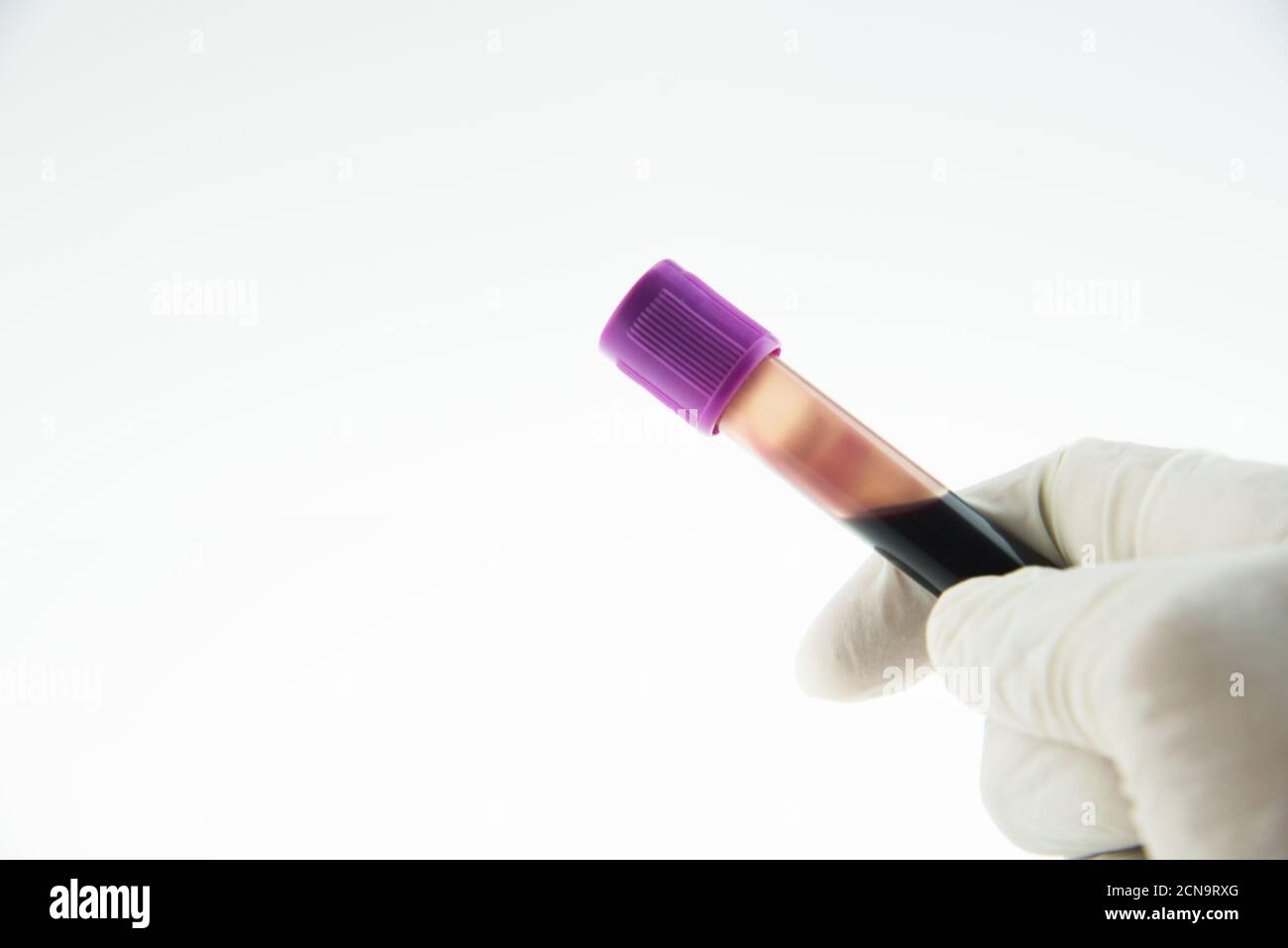



Edta Blood High Resolution Stock Photography And Images Alamy



Contamination Of Lithium Heparin Blood By K2 Ethylenediaminetetraacetic Acid Edta An Experimental Evaluation Biochemia Medica



1




Blood Collection Tube With Color Heads
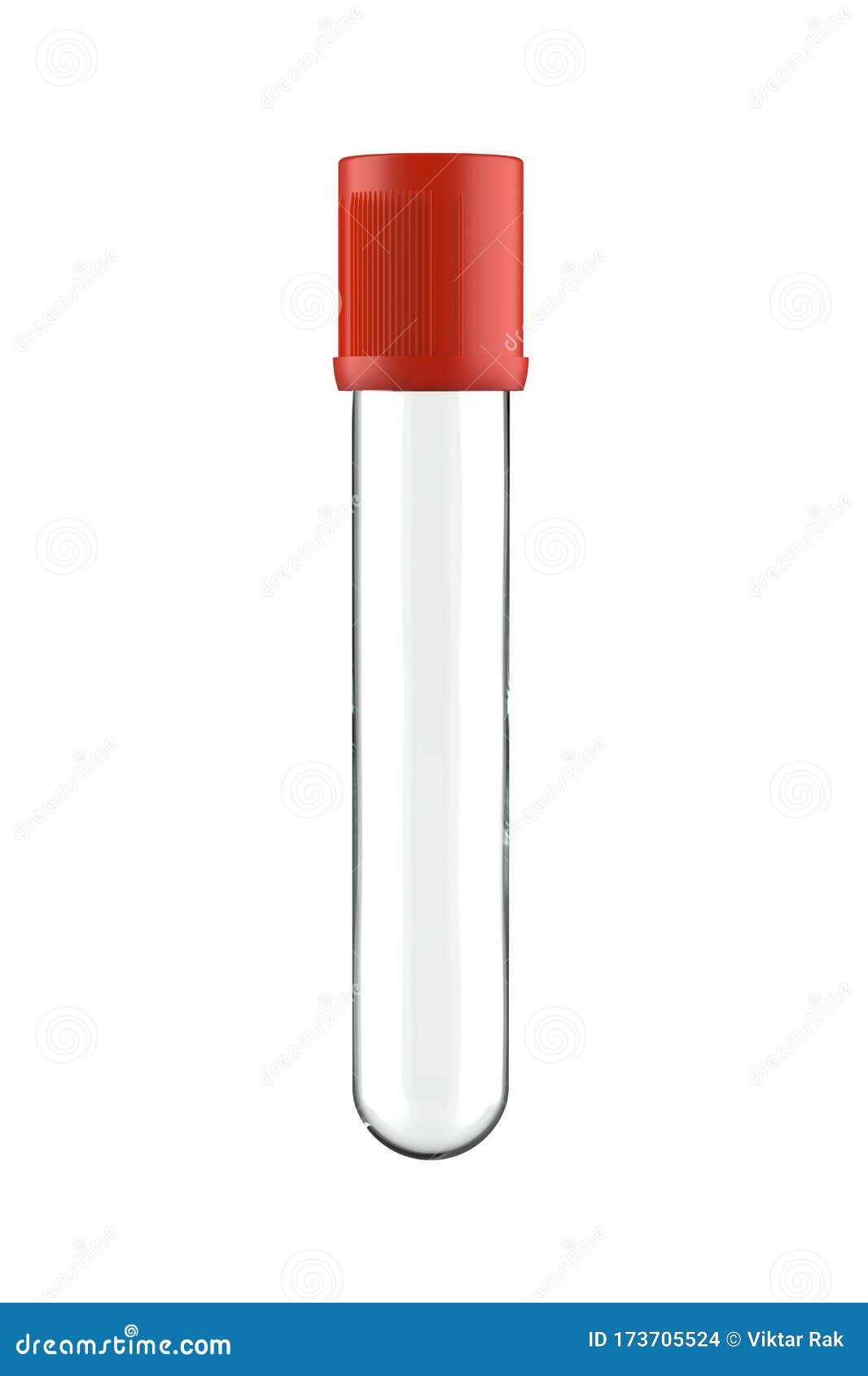



Empty Edta Vacuum Blood Test Tube With Red Cap Isolated On White Stock Illustration Illustration Of Prolactin Clear
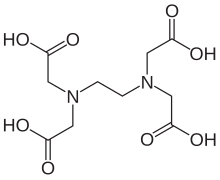



Ethylenediaminetetraacetic Acid Wikipedia




564 Best Edta Images Stock Photos Vectors Adobe Stock




Syringe And Needle And Laboratory Blood Tube On Required Laboratory Form Edta Blood Laboratory Tube Check Complete Blood Count Hematocrit Hemoglobin Stock Photo Picture And Royalty Free Image Image




117 Edta Blood Stock Photos Pictures Royalty Free Images Istock
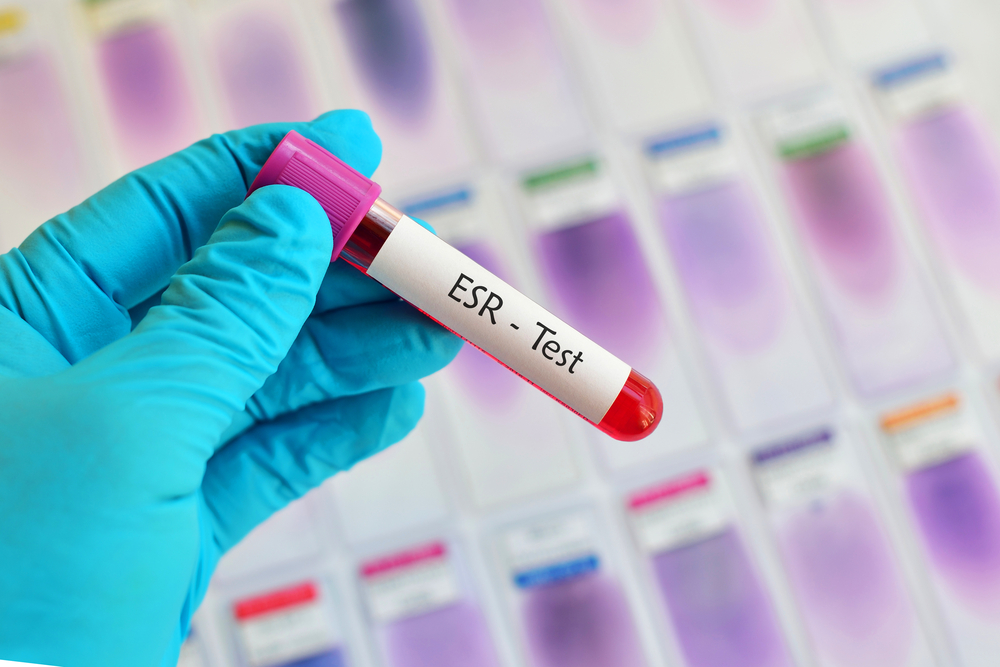



What Is Esr In Blood Test Means And How It Is Can Help
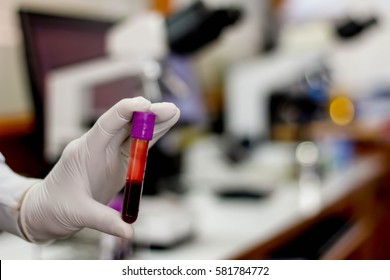



Blood Edta Tube Test Complete Blood Stock Photo Edit Now
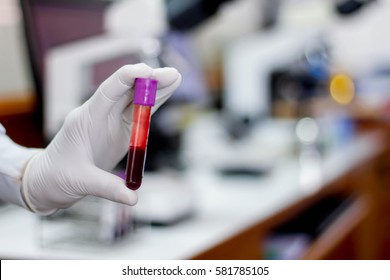



Edta Tube High Res Stock Images Shutterstock



Making A Murderer Expert Explains The Fbi Edta Blood Test




Blood Bottles Guide Geeky Medics




Edta Blood Tube For Cbc Test In Laboratory Stock Photo Picture And Royalty Free Image Image



1
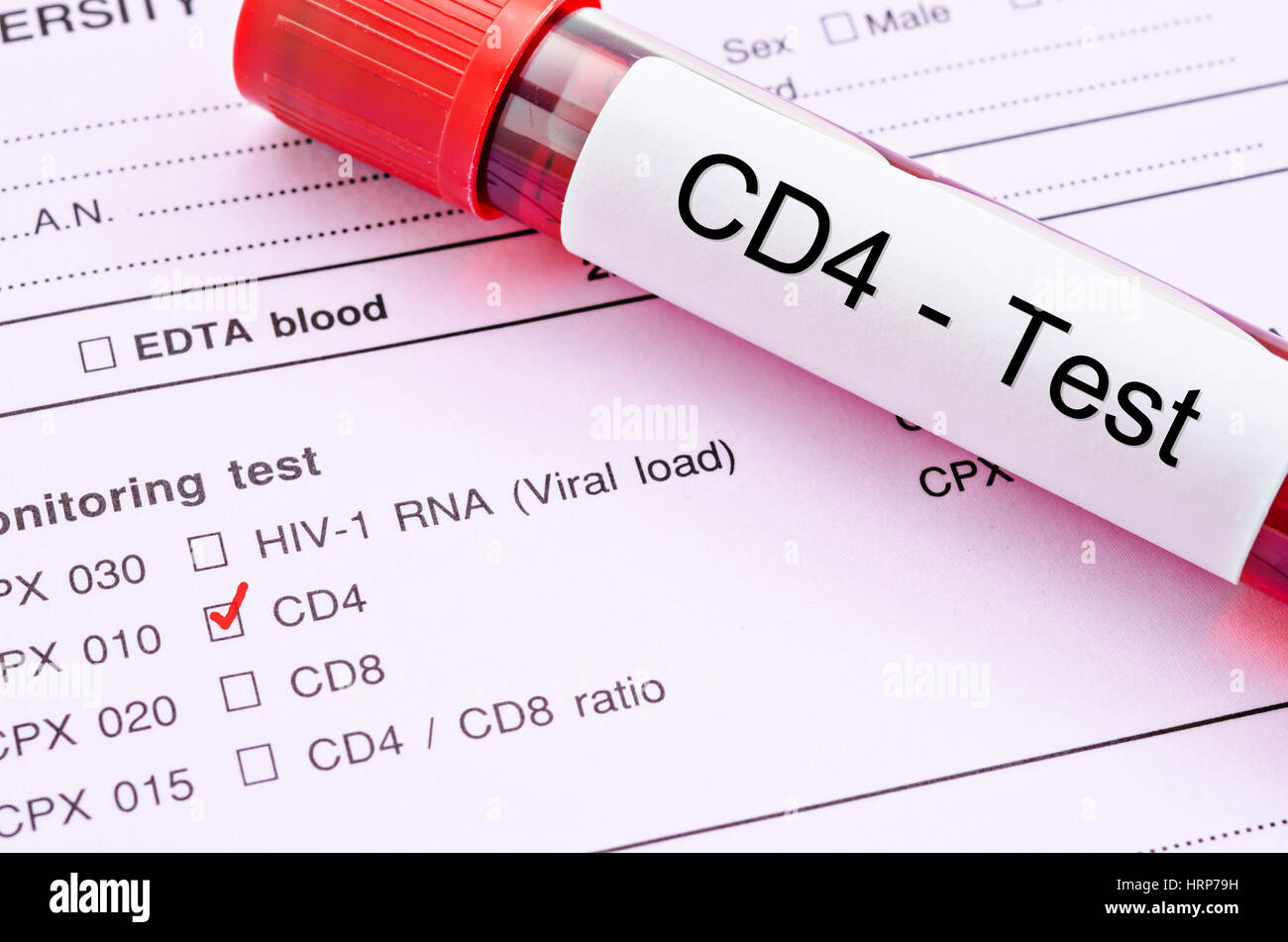



Red Mark And Blood Sample In Tube For Cd4 Cell Testing Immunology Cell In Hiv Infected People On Request Form Background Stock Photo Alamy
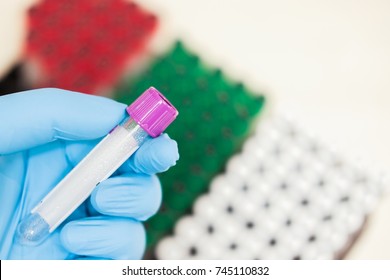



Edta Blood Images Stock Photos Vectors Shutterstock




Blood Vial With Blood Sample With Syringe On Test Form Stock Photo Picture And Royalty Free Image Image




Blood Bottles Guide Geeky Medics




K3 Edta Blood Collection Tube



What Is The Edta Test In Making A Murder And Why Is It Important
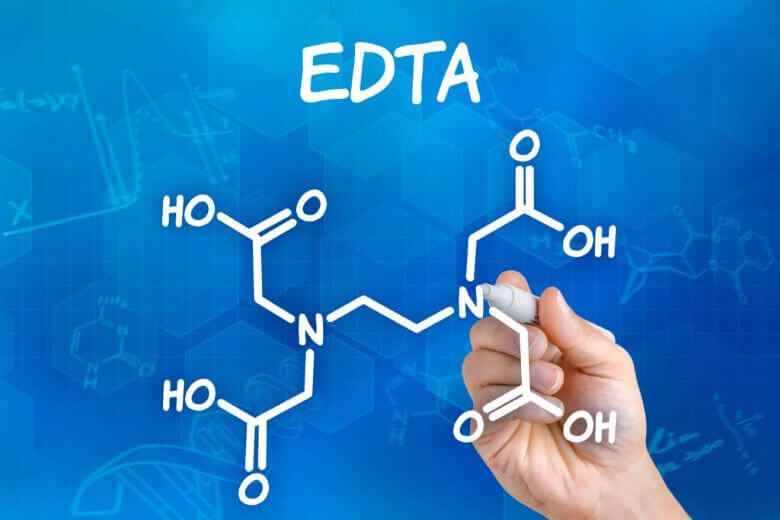



Edta Full Form Javatpoint




Blood Bottles Guide Geeky Medics




Edta Purple Test Tube Compleate Blood Count Test And Lithium Heparin Green Test Tube For Blood Chemistry Test Stock Photo Image Of Medicine Clot




Greiner Bio Onevacuette K2edta Blood Collection Tubes Blood Hematology Fisher Scientific




How To Prevent Clots In Edta Blood Tubes




Complete Blood Count Wikipedia
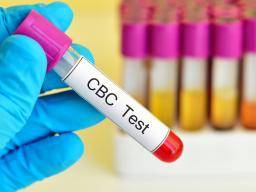



Mch Levels In Complete Blood Count Tests High And Low Levels
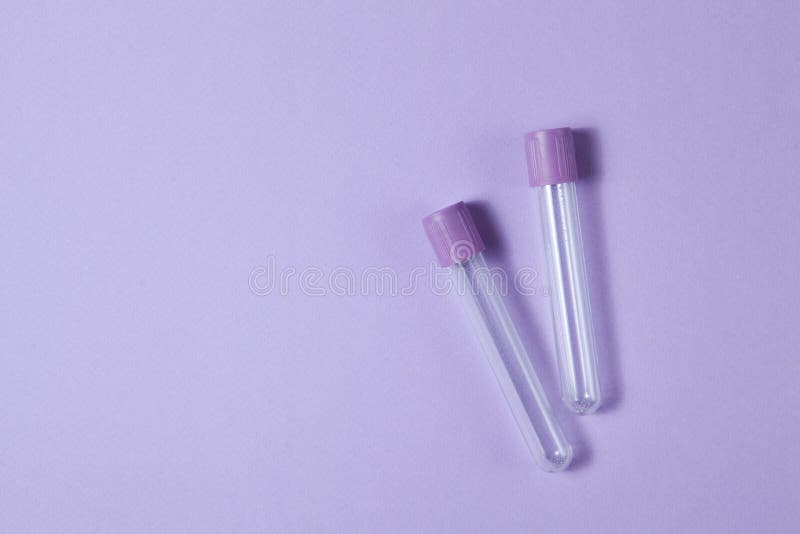



169 Edta Photos Free Royalty Free Stock Photos From Dreamstime



Professional Edta Blood Collection Tube Phlebotomy Tubes And Tests



Ethylenediaminetetraacetic Acid Wikipedia
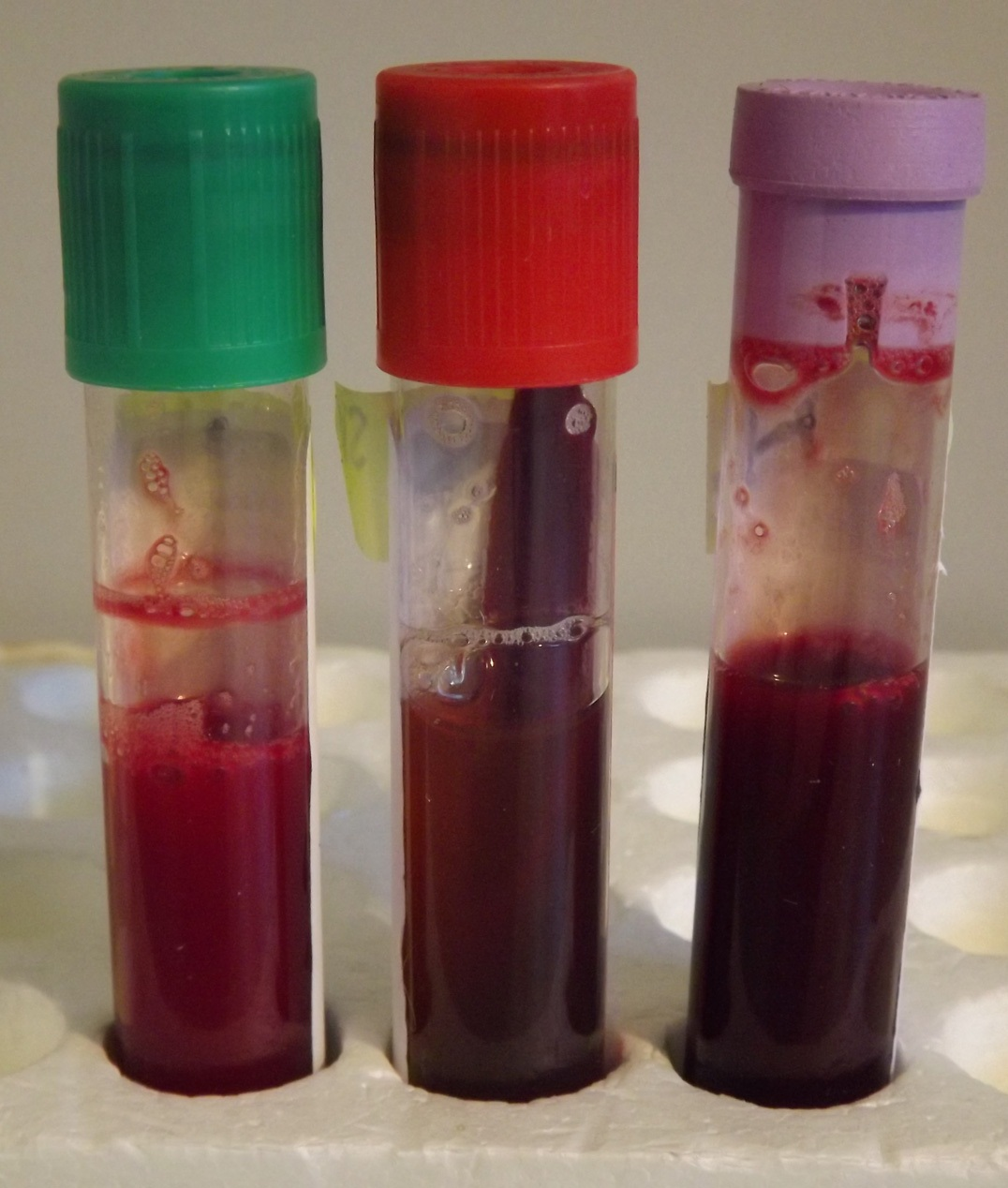



Selecting The Right Blood Test Tube And Techniques For An Accurate Diagnosis Agriculture And Food




Edta Test Tube Compleate Blood Count Testing Stock Image Image Of Close Equipment




Plastic 2 9ml Edta Vacuum Blood Test Tube Manufacturers Suppliers Free Sample Noke Lab
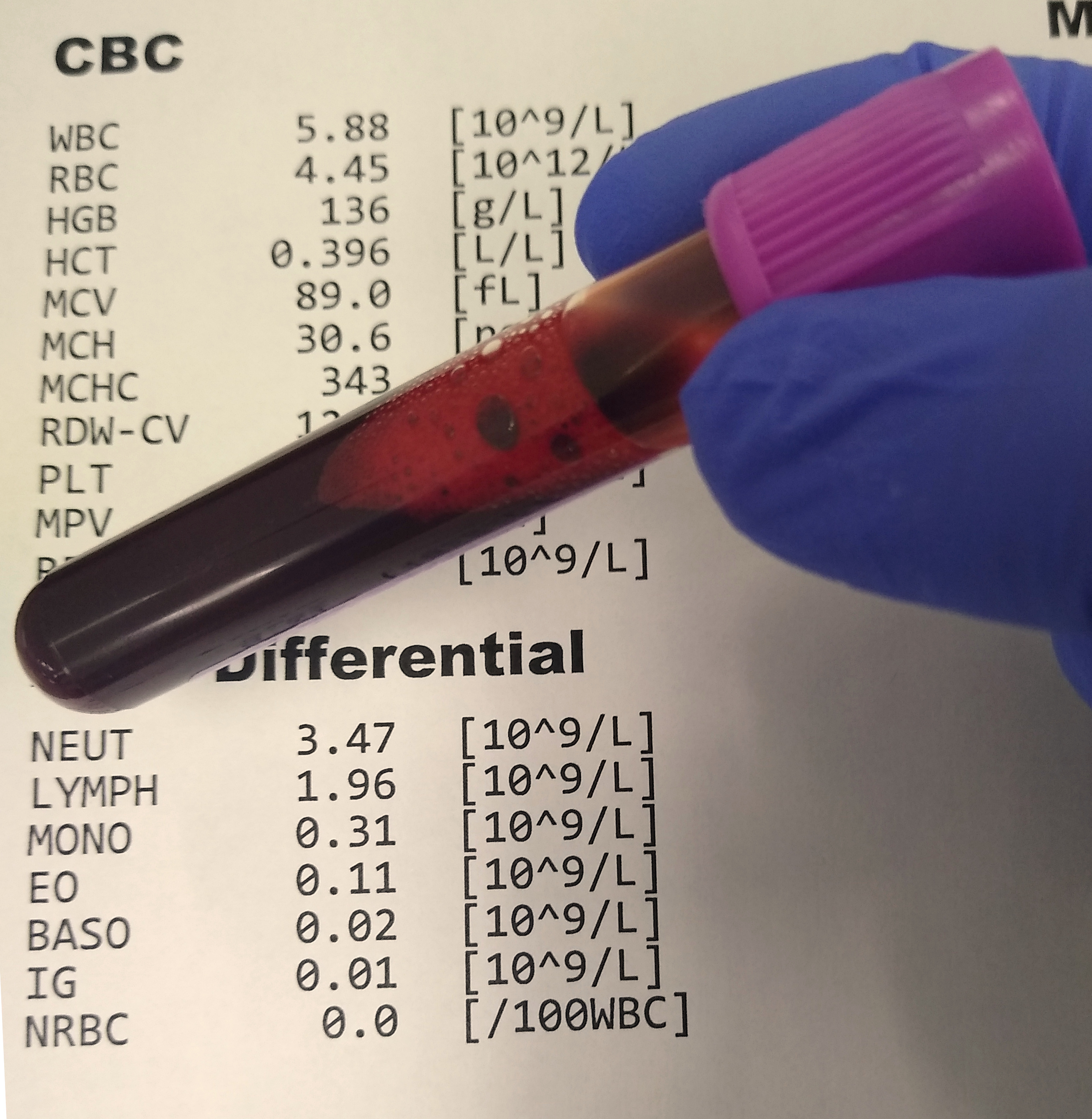



Complete Blood Count Wikipedia



1




Blood Bottles Guide Geeky Medics
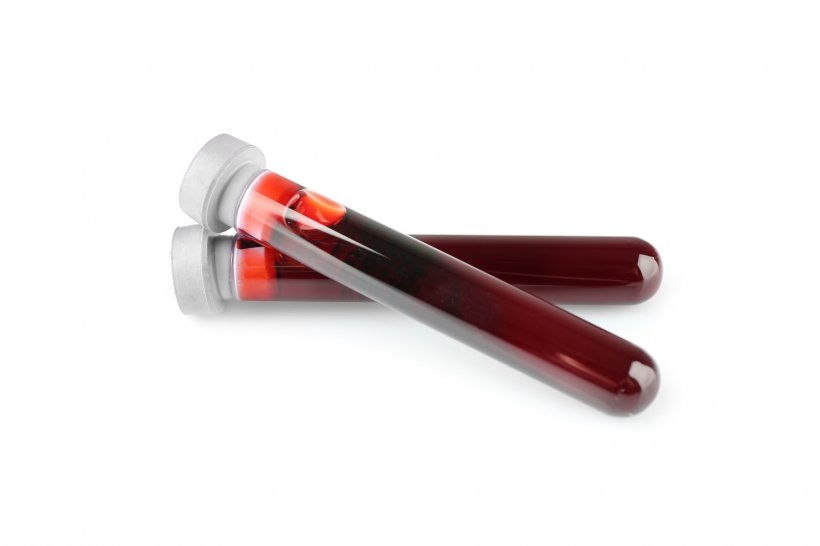



Blood Test To Diagnose Heart Attacks Is Flawed Healthcare In Europe Com




China Medical Disposable Glass Pet Blood Test Purple Edta Vacuum Blood Collection Tube China Blood Collection Tube Glass Tube




7 Blood Tests Older Adults Need To Take Tailor Made Health
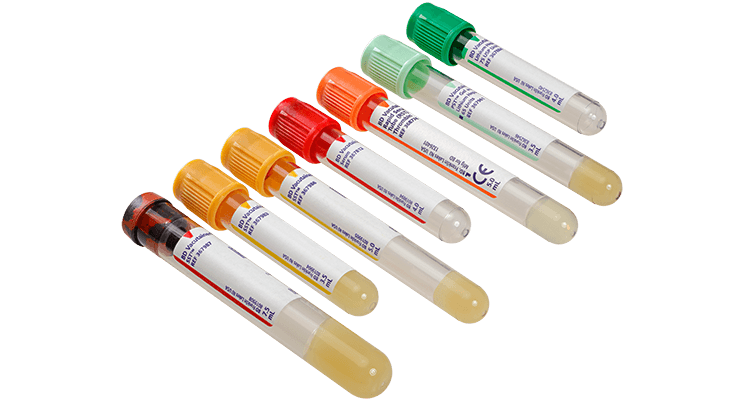



Vacutainer Blood Collection Tubes




Full Blood Count Fbc Blood Smear Test Normal Values Patient
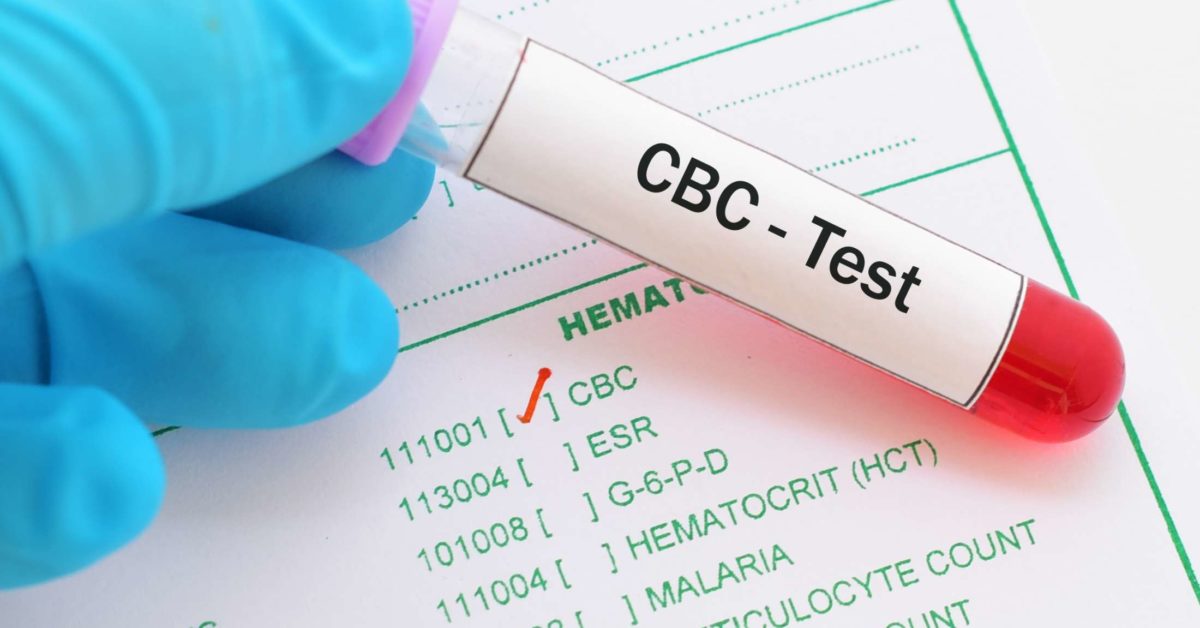



High Mchc Causes Treatment And Symptoms




Pdf Evaluation Of Di Potassium And Tri Potassium Edta Evacuated Tubes For Routine Haematological Testing




China Vacuum Blood Test Tube Edta K2 China Pet Pp Glass Tube Blood Test Tube
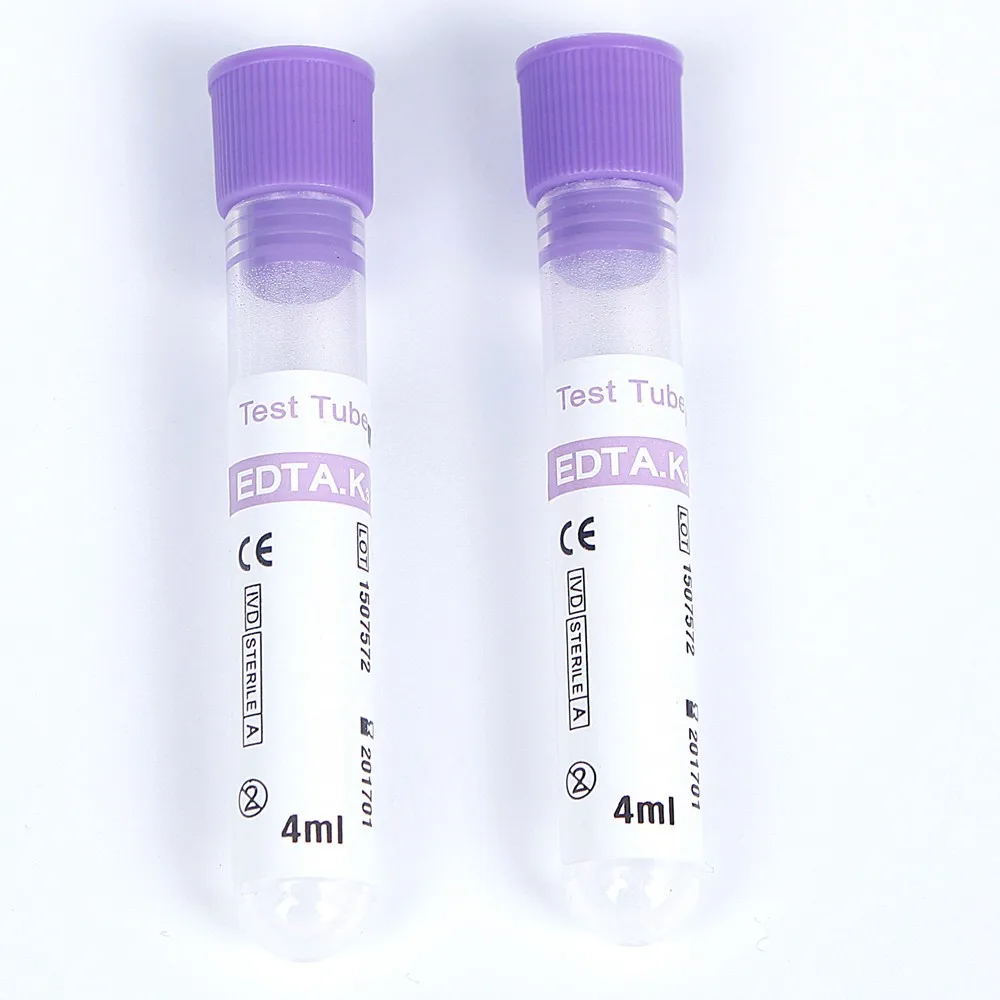



Vacuum Blood Collection Edta Test Tubes Buy Vacuum Blood Test Tube Edta Test Tubes Vacuum Blood Collection Edta Test Tubes Product On Alibaba Com




Edta Blood Collection Tube Heparin Tube Collection Tube Green Top Test Tube Heparin Blood Tube Lithium Heparin Tube Sara Health Care Vadodara Id



Whole Blood Edta Tube Purple Cap For Blood Grouping And Immunological Test
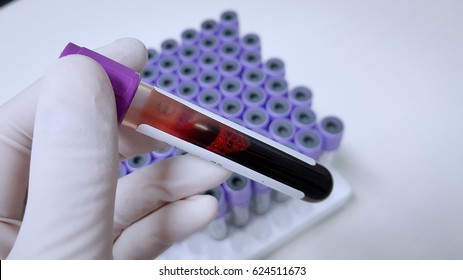



Edta Tube High Res Stock Images Shutterstock
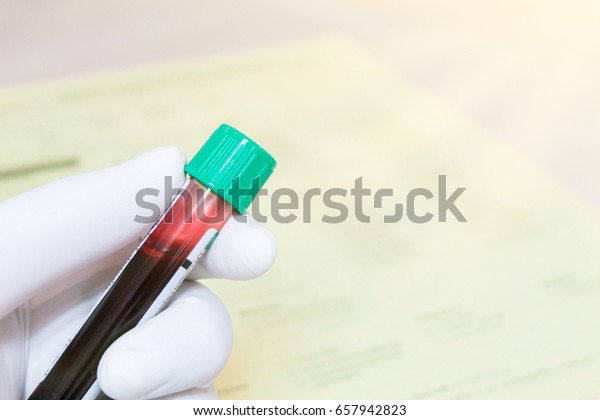



Laboratory Blood Tube Required Laboratory Form Stock Photo Edit Now



What Is The Edta Test In Making A Murder And Why Is It Important



1



2
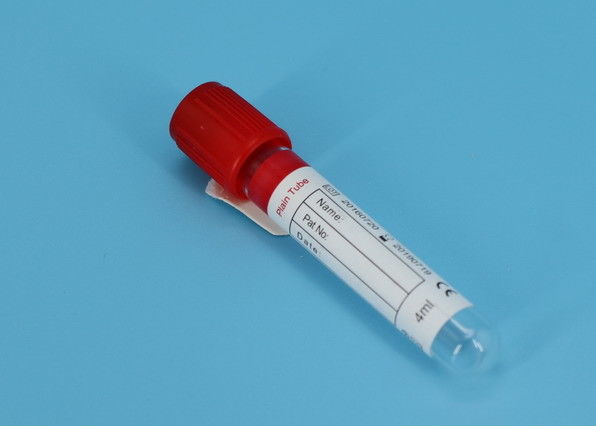



Edta Vacuum Blood Collection Tube Medical Serum Blood Test Vacuum Tubes




China 2ml 4ml Edta K3 Blood Test Collection Tubes China Edta Blood Collection Tube Collection Edta Tube




Pdf 51cr Edta Absorption Blood Test An Easy Method For Assessing Small Intestinal Permeability In Dogs
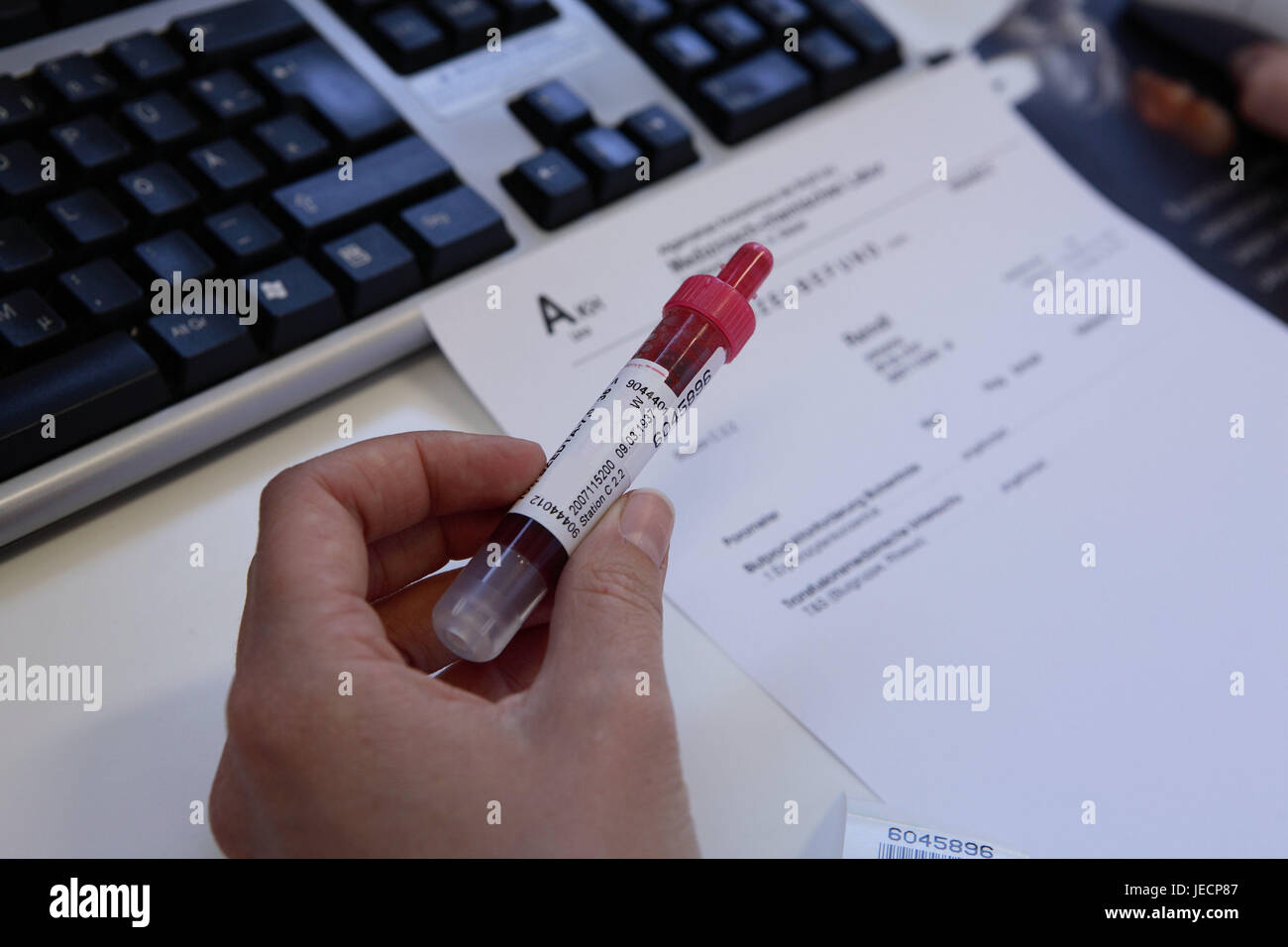



Edta Tube High Resolution Stock Photography And Images Alamy




Pdf Edta Anticoagulated Whole Blood For Sars Cov 2 Antibody Testing By Electrochemiluminescence Immunoassay Eclia And Enzyme Linked Immunosorbent Assay Elisa




Blood Collection Tubes The Right Choice For Your Experiment




China Oem Supported Durable Disposable Edta Blood Tube China Vacuum Blood Tube Vacuum Tube




Edta Test Should Edta Have Been Successfully Detected In Rav4 Blood Samples If Present Makingamurderer




Blood Collection Tube An Overview Sciencedirect Topics




China 2ml 4ml Edta K3 Blood Test Collection Tubes China Edta Blood Collection Tube Collection Edta Tube
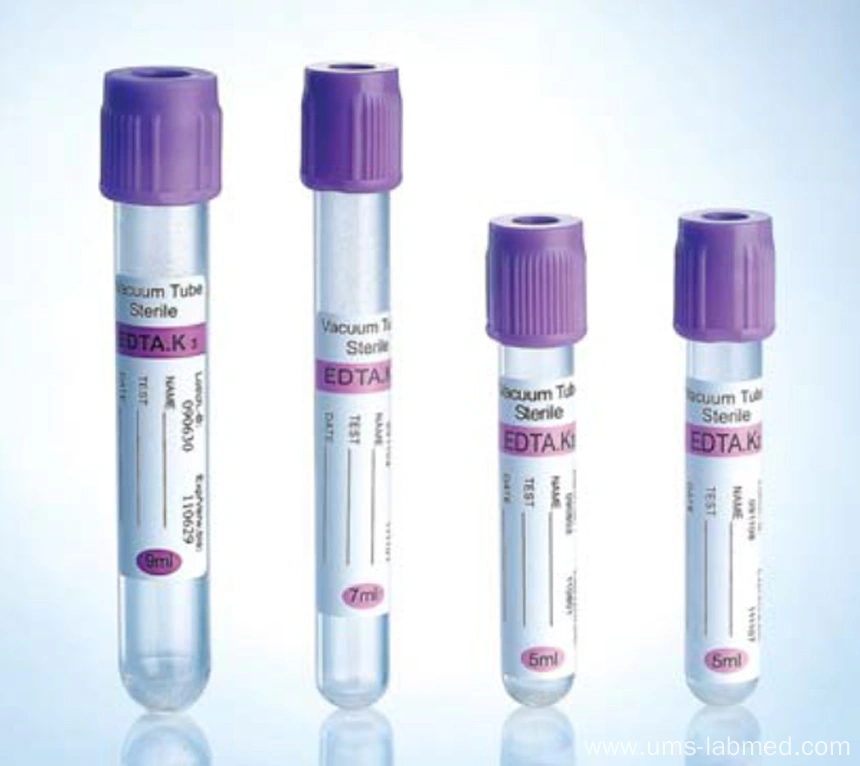



Vacutainer Blood Collection Edta Tube China Manufacturer


